CNC (Computer Numerical Control) machining has had a transformative impact on modern industry, revolutionizing how parts and products are manufactured across a wide range of sectors. The technology involves the use of computer-controlled machinery to automate the precision cutting, drilling, milling, and shaping of materials, making it possible to produce highly detailed and complex components quickly and accurately.
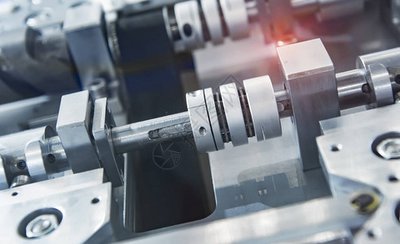
Enhanced Precision and Accuracy
CNC machining has brought a significant improvement in precision and accuracy compared to traditional manual methods. The use of computer programming allows machines to perform tasks with micrometer-level precision, ensuring that parts meet exact specifications consistently.
Increased Efficiency and Productivity
CNC machines are automated, meaning they can work continuously without the need for breaks or constant supervision. This automation allows for faster production cycles, reducing manufacturing lead times.
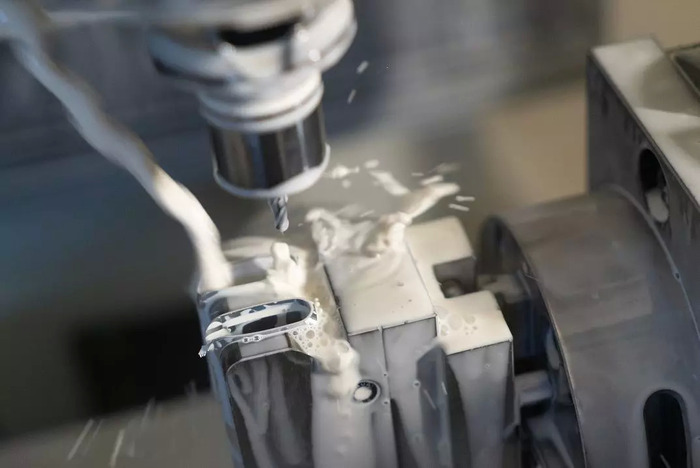
Reduced Labor Costs
The automation of machining processes with CNC technology reduces the need for manual labor. Once a machine is set up and programmed, it can run with minimal human intervention, freeing up workers for more skilled tasks, such as machine maintenance or programming.
Complex Designs and Customization
CNC machines are capable of creating highly intricate and complex geometries that would be extremely difficult, time-consuming, or impossible to achieve with traditional machining methods. This includes parts with precise angles, curves, and fine details.
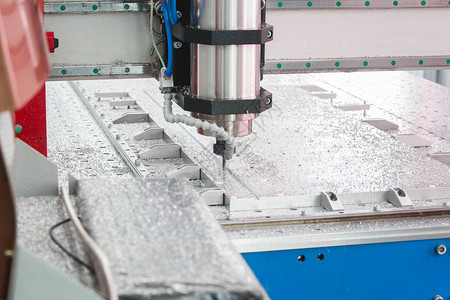
Higher Quality and Consistency
CNC machining ensures that each part produced meets stringent quality standards. Since the process is computer-controlled, there is less variation between individual parts, resulting in consistent quality across all manufactured products.
Flexibility and Adaptability
CNC machining is highly flexible, as it can work with a variety of materials, including metals, plastics, wood, and composites. Additionally, CNC machines can be easily reprogrammed to manufacture different products without the need for extensive retooling.
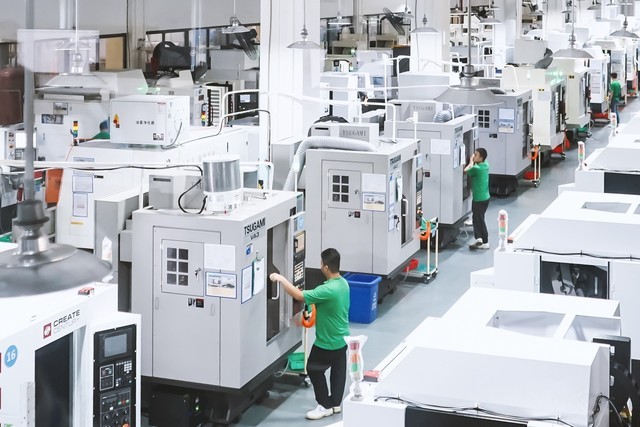
Cost-Effectiveness in the Long Run
While CNC machines can be expensive to purchase and set up, they result in cost savings over time due to the reduction in waste, the speed of production, and the reduction in labor costs. Additionally, they help reduce material costs by cutting parts with precision and minimal waste.
CNC machines are designed with safety features that protect operators from potential hazards. These machines operate in enclosed environments and often include automatic shutdown features in the event of malfunctions.
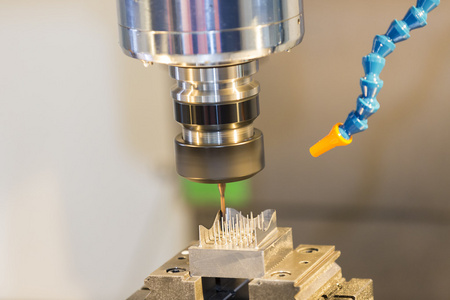
Environmental Benefits
CNC machining helps reduce waste, as the precise cutting capabilities ensure that materials are used efficiently. Additionally, the ability to recycle materials and produce less scrap helps companies move toward more sustainable practices.nitoring system
Rapid Prototyping and Product Development
CNC machining enables rapid prototyping, which allows for the quick production of prototype parts from digital designs. This capability speeds up the product development cycle, allowing companies to test, refine, and adjust designs before committing to large-scale production.
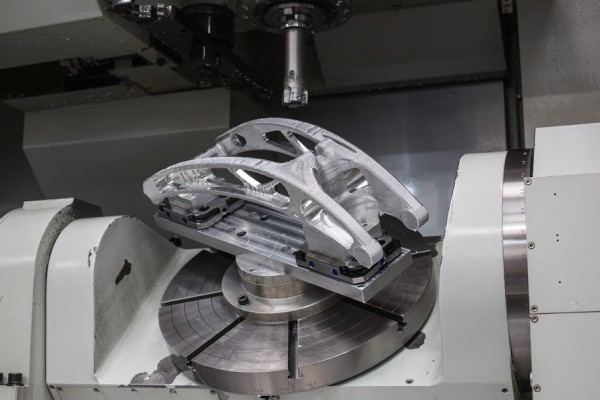
Global Manufacturing Opportunities
CNC machining has made it easier for companies to access high-quality manufacturing capabilities, regardless of location. Remote programming and international outsourcing of CNC machining work have become more common, enabling global production networks.
Improved Tooling and Die Making
CNC machining plays a key role in the production of tooling, dies, and molds used in other manufacturing processes. The high precision of CNC technology ensures that these tools and molds perform optimally and produce consistent results.